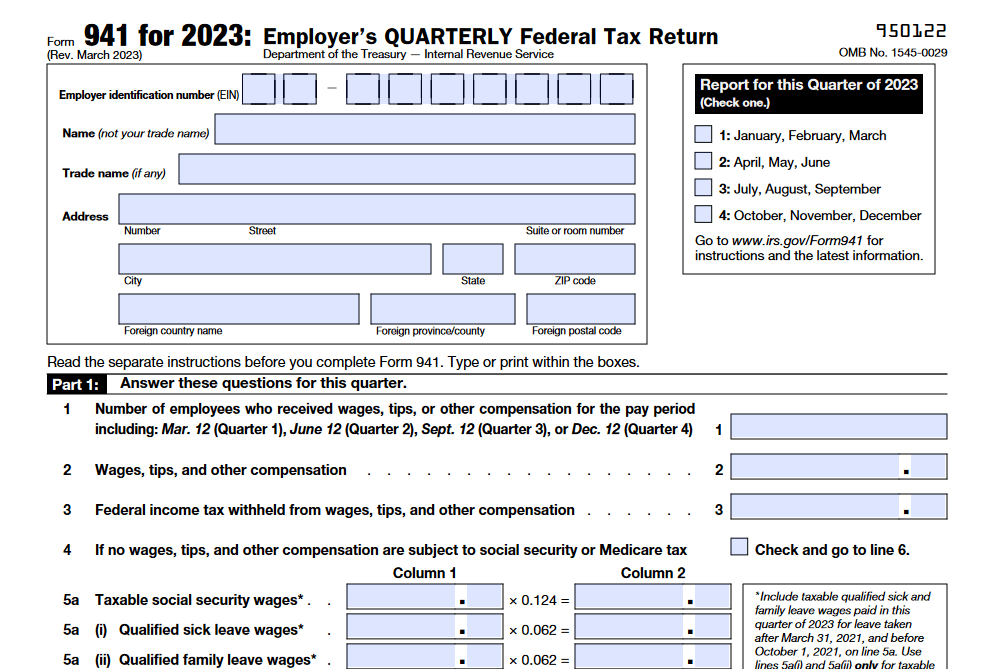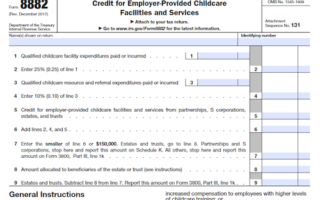If you performed services for an employer as an employee, but were treated as an independent contractor, use Form 8919 to figure and report your share of uncollected social security and Medicare taxes due on your compensation. This introduction to Form 8919 details who must file, reason codes, amounts subject to social security tax, and more.
What is Form 8919?
Form 8919 is used to figure and report one’s share of the uncollected social security and Medicare taxes due on their compensation if they were an employee but were treated as an independent contractor by their employer. Form 8919 must be completed for each firm the taxpayer worked with and includes information such as the firm’s name and federal identification number, and the reason code to explain why the form is being filed. For each firm, the taxpayer must enter in column (c), the applicable reason code for filing this form. This can could be A, C, G, or H depending on situation. If none of the reason codes apply, but the taxpayer believes they should have been treated as an employee, enter reason code G. They must also complete lines 6 through 13 and include the form on their annual tax return.
IRS Form 8919 – Who Needs to Fill It Out?
IRS FORM 8919 must be filled out by any married persons who completed services for a firm, believed their pay from the firm was not for services as an independent contractor, had no social security and Medicare taxes withheld from their pay, and one of the listed Reason codes applies to them. After completing lines 1-5 for all firms and reasons, line 6 must contain the combined totals and is used for other forms. Line 8 has the maximum of $147,000 subject to the social security tax rate, and line 13 includes the total tax due that must be entered on the annual tax return.
Step-by-Step: Form 8919 Instructions For Filling Out the Document
To fill out the document, it is important to identify who must file the form, the reason codes, and the information required to be entered in the sections of the form. For each firm, the name must be entered in column (a). Then, a federal identification number or social security number needs to be entered in column (b). In column (c), the applicable reason code must be entered. Finally, in columns (d), (e), and (f), enter the relevant information for the firm. After completing the sections for the relevant firms, lines 6-13 must be filled out with the required information, based off of the lines before. Lastly, the form must be submitted along with Form SS-8 if it was filled out and Form 1040 or 1040-SR.
Below, we present a table that will help you understand how to fill out Form 8919.
| Column (a) | Column (b) | Column (c) | Columns (d), (e), (f) |
|---|---|---|---|
| Name | Federal Identification Number or Social Security Number | Applicable Reason Code | Relevant Information for the Firm |
Below, we present a table that will help you understand how to fill out Form 1040.
| Information Required for Form 1040 | Details |
|---|---|
| Name | Individual’s full name |
| Address | Current mailing address |
| Social Security Number | Unique identification number |
| Number of Dependents | Count of individuals dependent on the taxpayer |
| Taxable Income | Includes wages, salary, taxable interests, capital gains, etc. |
| Supplemental Tax Forms | Additional forms based on personal circumstances |
| Filing Status | Status indicating the taxpayer’s situation (e.g., Single, Married) |
| Standard Deduction | Deduction amount based on filing status |
| Additional Taxes | Any extra taxes owed, if applicable |
| Tax Credits | Credits that reduce tax liability |
Do You Need to File Form 8919 Each Year?
Yes, you need to file Form 8919 each year if you believe you performed services for a firm that should have been treated as an employee – but weren’t – and the firm did not withhold the appropriate share of social security and Medicare taxes from your pay. To file Form 8919, you must enter a “reason code” in column (c) to explain why you believe you should have been treated as an employee – enter A or C if you received an IRS determination letter or other IRS-related correspondence stating so, G if you filed Form SS-8 with the IRS, or H if you received both a Form 1099-MISC and/or 1099-NEC and a Form W-2 with the same wages, but one had an accompanying social security or Medicare tax withholding and the other did not. You should also file Form 8959 if there is more than a threshold amount of Medicare wages, RRTA compensation, or self-employment income.
Download the official IRS Form 8919 PDF
On the official IRS website, you will find a link to download Form 8919. However, to make it easier for you, we are providing the link in our article, which comes directly from the official irs.gov website! Click to download: Form 8919
Sources:




